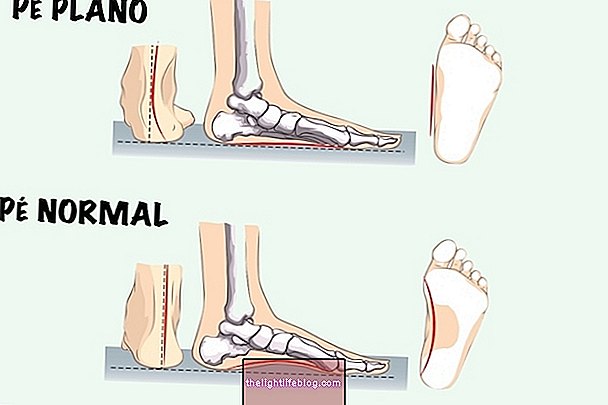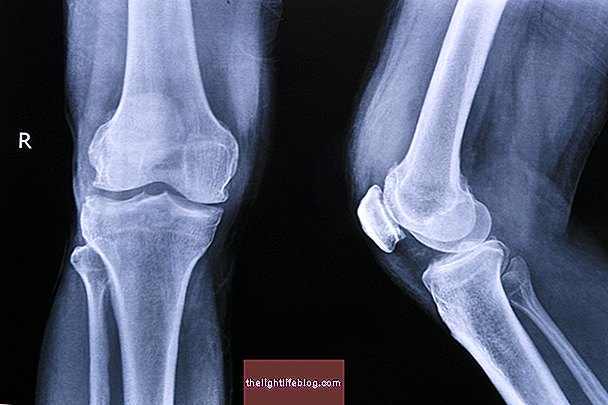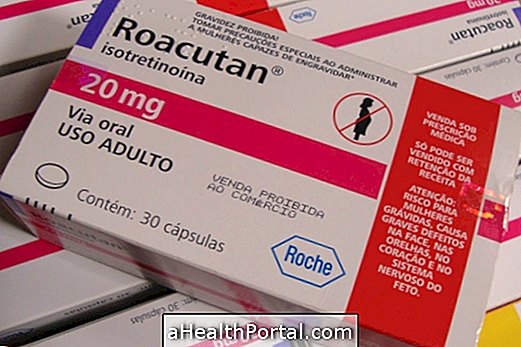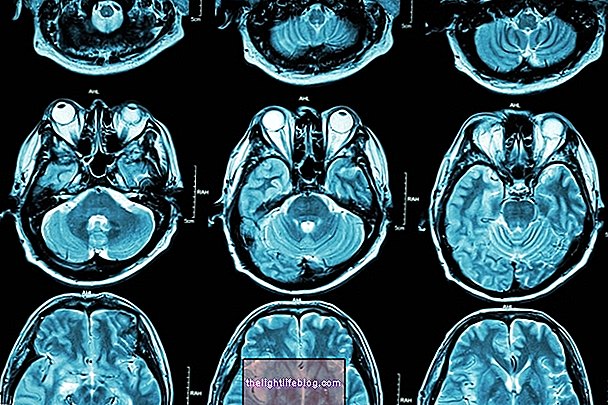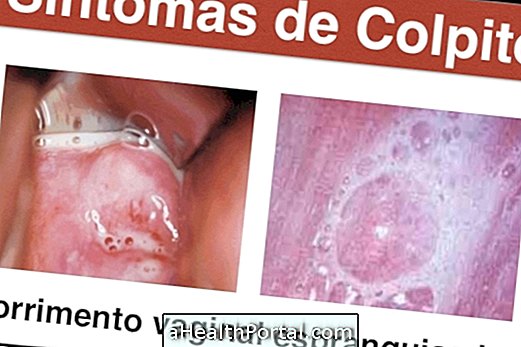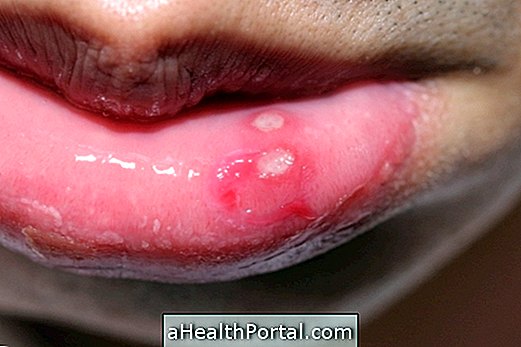Shoulder tendinitis is an inflammation that causes intense pain that tends to worsen with arm movements. Its treatment includes the use of medications, physical therapy and, in some cases, surgery. Shoulder tendinitis has a cure, but complete remission of symptoms can take months to achieve.
The most common form of shoulder tendonitis involves the tendon of the supraspinatus muscle. Shoulder tendonitis can be classified according to its characteristics, such as:
- Stage 1: Acute pain, small bleeding inside the joint and swelling. The symptoms worsen when performing movements with the arms and they improve with the rest, and generally it affects more young people;
- Stage 2: Pain remains constant and ultrasound shows fibrosis with thickening of the subacromial bursa and tendonitis of the rotator cuff or biceps brachii, and usually occurs between 25 and 40 years;
- Stage 3: Partial or total rupture of the rotator cuff or biceps brachii, being more common after 40 years.
Tendon rupture can be treated with remedies and physiotherapy, and it is not imperative to do surgery immediately, this is reserved for when there is intense pain and major muscle weakness.
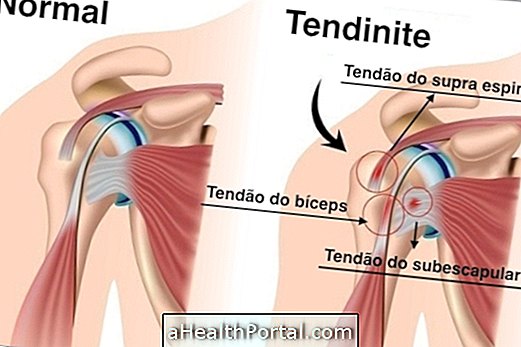
Shoulder Tendonitis Symptoms
Tendinitis presents as main symptoms:
- Severe localized pain in the shoulder that may suddenly appear or worsen after exertion and tends to worsen at night due to stretching of the muscles while sleeping;
- Difficulty raising arm above shoulder line;
- Feeling that the pain has spread all over the arm and
- Tingling may also be present, although it is more rare.
In biceps tendonitis the painful region is only the front of the shoulder and there is pain when making movements above the head line and also when the person raises the arm stretched forward. Already when there is endinitis of the rotator cuff, which is composed of the biceps, subscapular and supraspinous tendons, there is pain in the anterior and lateral region of the shoulder, which worsens when the person tries to move above the head line and may be difficult to lift the arm, to pass deodorant, for example.
Treatment for shoulder tendinitis
The treatment is very important to eliminate pain and allow the daily tasks related to work or sport, and also serves to avoid the rupture of the tendon, which causes pain and swelling near the elbow. Treatment can be done with:
Physiotherapy
Physiotherapy is indispensable and can be done with ice packs, 3 or 4 times a day, devices that facilitate recovery such as tension, ultrasound and laser are indicated, as well as techniques to increase the range of movements, without pain, as the joint decompression, and pendular and strengthening exercises to maintain the movement and strength of the affected limb.

Recovery time varies greatly from one individual to another, but at least 3 months of physiotherapeutic treatment should be required.
Medicines
The orthopedic doctor may also indicate taking anti-inflammatory drugs, such as Ibuprofen, which are used to decrease pain and inflammation, and apply an anti-inflammatory ointment, such as Cataflan, throughout the shoulder. In the most severe cases, even after the start of physiotherapy, no improvement in pain can be obtained, the doctor may indicate a corticoid injection directly into the shoulder, which has a stronger analgesic and anti-inflammatory action.
Here are some examples of home remedies that can help you heal tendinitis.
Acupuncture
Acupuncture can also be used for shoulder pain relief, and can be performed once a week. This type of treatment is a good complement and can bring relief of symptoms on the same day, but does not exclude the need for clinical and physiotherapeutic treatment because they complement each other.
Surgery
Surgery for shoulder tendonitis is indicated when, after 6 months to 1 year of conservative treatment, with remedies and physiotherapy, they are not sufficient to restore satisfactory movements. Surgery is also indicated when there is tendon rupture, pain and significant muscle weakness, but in many cases tendon rupture in people over 60 years can also be treated only with medicines and physiotherapy, and so it is up to the doctor to make this decision .
Here's a recommended massage and what to eat to recover faster in the following video:

What Causes Tendonitis in the Shoulder
The most common causes of shoulder tendonitis are intense, repetitive strain on the arm or even staying for long periods in poor posture, such as sleeping all night long with your head resting on your arm.
This position places the tendons of the shoulder in a position where the tendon is more stretched and the anatomy of the bones itself may interfere, because in some people the acromion may be more like a 'hook' that ends up harming the tendon.
Repeat movements, such as in a volleyball game, for example, can generate enough stress on the shoulder, causing this type of tendonitis.
Generally, this tendon is injured by the excessive use of the raised arms, during certain sports or professional activities, which favors the appearance of the impact syndrome. Some situations where this can happen include swimming, tennis and professions such as carpenters, teachers and painters, who are the professionals who most commonly suffer from this type of tendinitis.



